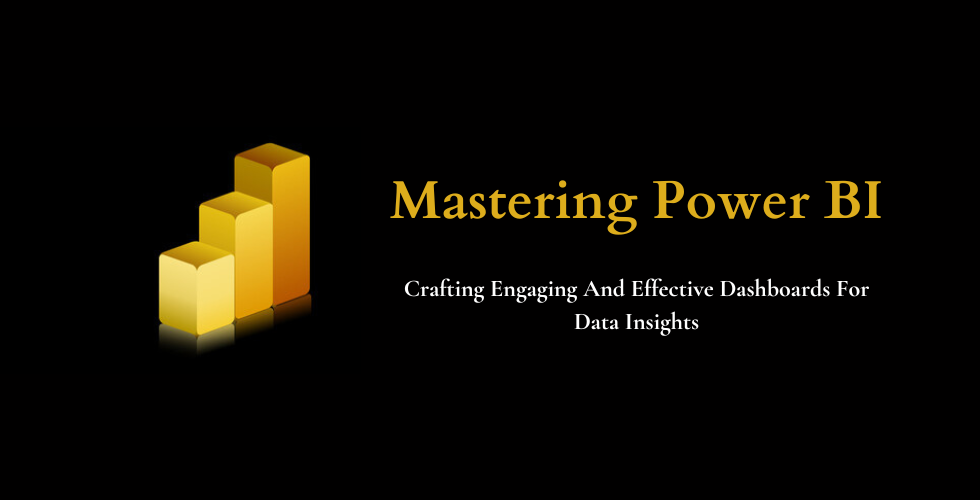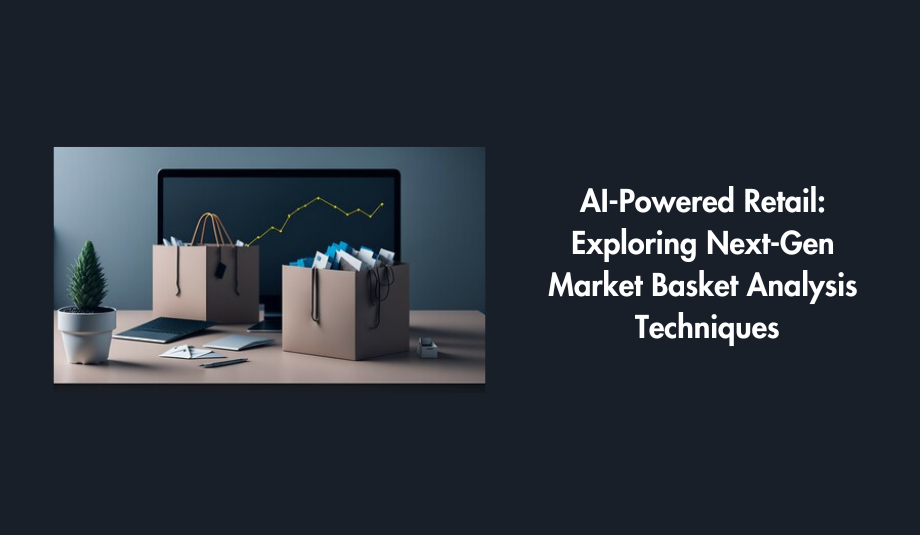Data Analytics: What It Is, Process of Data Analytics, and 4 Basic Techniques

Intro
Learn about data analytics, the process of data analytics, and the 4 basic techniques. Our solution empowers individuals and gives businesses a competitive edge by assisting them in creating conclusive fact-based plans.
Data Analytics: What It Is, Process of Data Analytics, and 4 Basic Techniques
Companies all across the globe generate large volumes of data regularly, in the form of file systems, web servers, transaction records, and other customer-related data. Social networking websites produce a massive amount of data in addition to this. Companies should use the data to maximize value and make significant business decisions. How do they do it? With data analytics, they are strengthening their competitive edge.
What is Data Analytics
Data analytics is the process of analyzing large datasets to identify hidden patterns, and unknown trends, find correlations and gain insightful knowledge to make business forecasts. A company can increase productivity, maximize profit, and make more strategic decisions with the use of data analytics.
Process of Data Analysis
Data analysis involves various phases, including:
Understand the problem:
The first phase in the analytics process involves comprehending the business problems and identifying the organization's objectives. Understanding the problem helps you to implement a successful solution.
Data Collection:
Data is collected from various sources ranging from the organization database to the information on the web pages. In order to overcome the challenge in your organization, you must gather transactional business data and customer-related information from the past few years.
Data Cleaning:
The data you have collected from the different sources will be disorganized, messy, and contain undesired missing values. Such information is not relevant or acceptable for performing data analysis. Therefore, to prepare the data for analysis, you must clean it to remove unnecessary, redundant, and missing variables.
Data Exploration and Analysis:
Executing exploratory data analysis is the next crucial step after collecting the relevant data. To evaluate, visualize, and forecast the future effects of this data, you can use business intelligence tools, data mining methods, and predictive modeling.
Types of Data Analytics
Four different forms of data analysis are utilized across all industries. Even though we group these into different categories, they are all interconnected and build upon one another. The degree of complexity and the resources needed increase as you progress from the simplest types of analytics to more complicated ones. The amount of additional insight and value also grows at the same time.
Four fundamental categories of data analytics are distinguished.
Descriptive analytics:
Descriptive analytics should serve as the basis and the point where all businesses should begin. This explains what has occurred over a specific time period. Is there an increase in views? Are revenues stronger this month than last?
Diagnostic analytics:
Diagnostic analytics, the next stage in data analytics, evaluates data or information to provide an explanation for why something occurred. Techniques like drill-down, data discovery, data mining, and correlations are used to describe it.
Predictive analytics:
Using current data, predictive analytics allows you to forecast potential future events. With predictive analytics, you can forecast customer behavior, equipment malfunctions, or how the weather will impact sales. Additionally, fraud detection, marketing campaign optimization, and inventory forecasting all make use of predictive analytics.
Prescriptive analytics
It suggests a course of action to solve an issue or grasp an opportunity. Prescriptive analytics is an extension of predictive analytics. Prescriptive analytics suggests proactive solutions once the future has been predicted.
Drive your business forward with data analytics.
A company that can transform its data into actionable insight may reap the benefits of improved workflows, quicker decision-making, more productivity, a deeper understanding of how customers use their products, the development of new products and services, and more.
Prowesstics data analytics tools streamline the process of getting data into a warehouse and extracting insights for decision-making.




